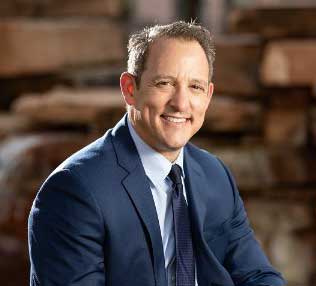Platelet rich plasma (PRP) therapy is being utilized increasingly to help enhance and encourage the healing process for those who have soft tissue and bone injuries. PRP has received increased attention from the media as it has been used to help high profile athletes who have suffered injuries mend more quickly and efficiently. It has been effective in reducing inflammation and in boosting cell proliferation, both of which are important aspects of the healing process.
Defining PRP
PRP is derived from one’s own body, coming directly from a person’s blood. It uses one kind of cell that is found in the blood, platelets. PRP is a substance that has a heavy concentration of these cells, which circulate within the blood and are an important factor in clotting. Plasma, which is also found in our blood and is a
component in PRP, is involved in providing the body with key substances. Together platelets and liquid plasma, which combine to create PRP, are important in that they possess certain factors that help in the enlistment, multiplication, and specialization of cells, all of which are essential to the healing process.
PRP Therapy
PRP therapy begins with blood being drawn from the patient; it is then placed in a centrifuge where it is spun in order to separate the blood into its various components. The plasma, which is platelet rich, is collected and treated prior to being administered to the injured region.
When a patient undergoes PRP therapy they are given injections in the area of injury. When administering the treatment a healthcare professional will often utilize ultrasound guidance to ensure accuracy in treating the specific bone or soft tissue region, which may be a designated ligament or tendon.
After the patient receives the injection, there is a short period of time where they will avoid all exercise. After that, they begin an exercise program designed to physically rehabilitate the injured area.
Efficacy of PRP
There is evidence based on scientific studies focusing on animals in which therapy that uses PRP has been revealed to be effective in aiding the healing of bone and soft tissue. As an example, in calf muscle injuries in which the Achilles tendon has been damaged there has been evidence of increased numbers of cells and heightened tendon strength. Also, increased muscle regeneration has been noted.
There have also been promising but limited studies involving humans. PRP therapy was revealed to be efficacious in a small study focusing on knee osteoarthritis. In this study PRP was shown to be more effective than hyaluronic acid treatment. In addition, there have also been positive results in treatment with PRP that focuses on rotator cuff tears and medial collateral ligament (MCL) knee injuries.
However, there is also a study published in the Journal of the American Medical Association that noted there was no advantage to utilizing PRP injections when compared to placebo injections of saline for the treatment of Achilles tendinosis. Still, despite the lack of of evidence as to the efficacy of PRP, it has started to take root as a treatment that can aid in the healing process due to the fact that it carries an extremely low-risk and the substance used is derived directly from the patient’s blood.
With promising results in animal models, there has been increased activity in using PRP for various conditions, including chronic and acute tendon issues and injuries to muscles and ligaments. Conditions that have responded especially well to PRP include those related to lateral epicondylitis (tennis elbow) and Achilles tendinosis, which affects the Achilles tendon.
As more studies are developed regarding the use of PRP and more evidence becomes available as to its effectiveness, it’s anticipated that the therapy will become more widespread. Also, studies will go a long way to helping to standardize treatment.
Cautions Regarding Treatment
Although PRP therapy involves minimal risk, there are certain cautions that should be taken when utilizing this type of approach. When undergoing treatment all anti-inflammatory medications should be stopped, as PRP is designed to aid in the reduction of inflammation and aid in healing. Also, athletes who will be involved in certain competitions need to be aware that PRP contains endogenous growth factors, which certain agencies, such as the World Anti-Doping Agency and the United States Anti-Doping Agency, forbid. This is due to the possibility that PRP might enhance one’s performance, although there is no evidence of such.
Considering PRP Therapy
There are some important points to remember concerning platelet rich plasma (PRP) therapy, including that this is a substance that is extracted from the injured party’s blood, and comprised of components in their blood, specifically platelets and plasma. PRP contains a high concentration of growth factors (at least 7) and of those factors involved in cellular signaling, both of which are considered to be important in aiding the healing process.
An increasing amount of human studies are attesting to the effectiveness of PRP therapy for soft tissue injury, arthritis, tendonitis, ligament tear healing and more. Call (844) GET-STEM to find a PRP therapy treatment center today!











No Comments